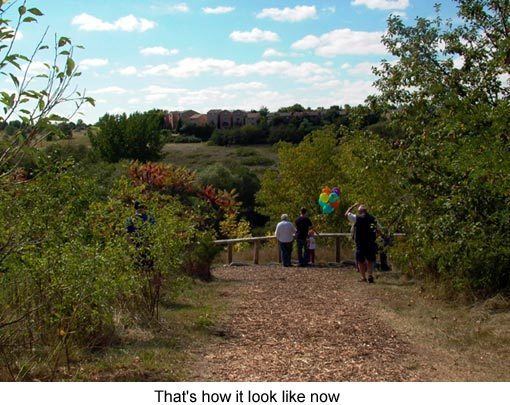Country Canada City Markham Time zone EST (UTC-5) Elevation 173 m | Regional municipality York Established 1805 (1805) Area code(s) 905 and 289 Province Ontario | |
 | ||
Restaurants Canadian Thai, Oshio Restaurant, Eighty8 family restaurant, Lazeez, Tim Hortons | ||
German Mills is a community within the city of Markham in Ontario, Canada. Located in the Thornhill area, German Mills was named for the early German settlers in the area.
Contents
Map of German Mills, Markham, ON, Canada
History
The German Mills history is closely associated with the founding of Toronto, then called "Muddy York". It is also part of the early history of Markham, previously known as "Mannheim", "the home of man".
German Mills was part of Lieutenant Governor John Graves Simcoe's plan to establish a city with a bulwark against a possible American invasion. In doing so, there was a critical need to find people that can settle this province while being in hot pursuit to build the capital of York with its surrounding areas. Simcoe generally favoured settlements with township grants where the military could be located and act as consumers for local markets and town centres. German Mills was seen to be as an agricultural settlement for the food supply to the military and its citizens from the hinterland of the then "Infant Toronto" when in 1793, Toronto was little more than an outpost in the wilderness.
German Mills became the first significant industrial complex in Markham township, thanks to William Moll Berczy, a multi-talented entrepreneur with leadership, architectrual, engineering and painting skills. He led a group of 64 families with 182 people to York in the summer of 1794. This group consisted of bakers, blacksmiths, carpenters, shoemakers, weavers, a preacher, school teacher, brewer, cartwright, locksmith, miller, potter, tanner, stonemasons as well as farmers. It represented the first classic immigration model in Canada to fill the critical need of its time.
In the fall of 1794 William Berczy hired men to erect a large house and a sawmill building at what is now German Mills. To bring prosperity and new settlers, a warehouse for the Northwest Fur Trade Company was constructed as an intermediate stop for the northern route of the fur trade on the Nin (Rouge River) in Ontario at what later became Unionville, Ontario. Toronto and Markham was then a thick, mature forest ideal for the supply of lumber. The forest consisted of pine, oak, maple, butternut and other trees so thick that sunlight penetrated it only when the leaves had fallen.
An agreement, between Andrew Pierce and the German Land Company signed and dated January 1, 1793 provided for the supply of oxen and cattle from Connecticut. These cattle had been put on their way with the help of Joseph Brant's Indian destined for "Muddy York" and German Mills before the first settler groups had been due to arrive in 1794. Some oxen had been kept at the German Land Company Warehouse at the south-east corner of present King and Sherbourne Streets in the town of York in November 1794, where they had been used to in the construction of Yonge Street the world largest street. Other oxen had been moved with cattle in flat bottom boats up the Don river and then via the tributary German Mills Creek to German Mills. This was at a time when the rivers had been fuller and larger in water flow.
The German Mills industrial complex consisted of a grist mill, saw mill and a blacksmith shop. The grist mills produced super-fine flour and the saw mill produced shingles and various kinds of lumber for the buildings in the German Mills area.
It also supplied lumber for the first houses in Toronto, among them the Russell Abbey home of the Hon. Peter Russell, Administrator of Upper Canada on Palace Street in 1797. This new house put William Berczy in demand as an architect.
William Moll Berczy, a man known today as the "Founder of Markham" and "Co-Founder of Toronto".
Six years later the German Mills industrial complex went into decline after it became apparent that waterpower produced by the Don River was not sufficient to operate the mills.
Today
German Mills is now primarily a residential neighbourhood, with the bulk of the homes being single-family residences. Much of the homes were built in the 1970s and 1980s. Area commuters rely heavily on cars, but there is bus services by York Region Transit.
Parks
The few parks in the neighbourhood bear names of the early settlement and their settlers:
German Mills Community Centre is the former S.S # 2 school house c.1874, one of the new surviving school houses in Markham.
